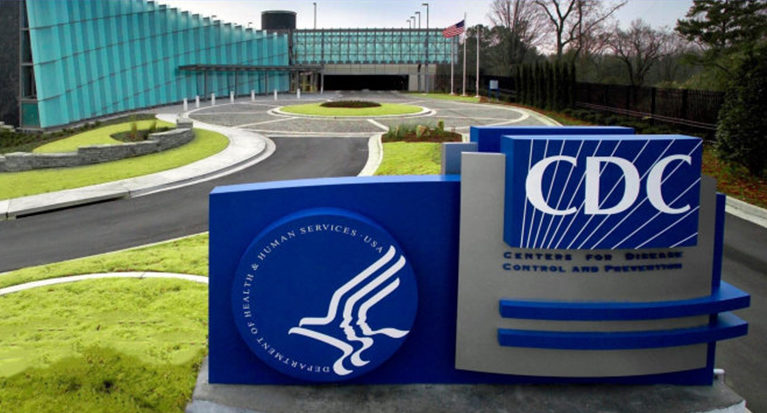By Chris Gast, Right to Life of Michigan Education Coordinator
The Centers for Disease Control released their 2019 abortion statistics report a few days ago. These annual reports lag a couple years, and the CDC numbers depend on reports from the states. While not every state reports data (California, Maryland, and New Hampshire routinely refuse), the rest do report numbers regularly, giving us important information to spot trends.
The most important number for the 2019 report is 629,898: the number of abortions reported in the U.S., a 1.7% increase from the 2018 report. The abortion rate, which is the number of abortions per 1,000 women of childbearing age, was 11.4 in 2019, up from 11.3 in 2018. The abortion ratio, which is the number of abortions for every 1,000 lives births, increased to 195 from 189.
While the 2019 numbers are half of the number of abortions in America just 25 years ago, even a small increase represents more lives tragically taken.
One number that has changed dramatically in the last few years is the number of “medical” abortions using the abortion pill, RU-486. In just one year, the percentage of abortions using RU-486 increased from 38.6% to 42.3% nationally. In Michigan, pill abortions became a majority of reported induced abortions in 2020.
The Abortion Industry loves the abortion pill. It’s cheap for them and profitable. They don’t have to pay for staff to do as many surgical abortions or for “clean-up” following the abortion: the woman is left to deal with days of bleeding and passing the baby at home or work, often alone.
While the aftermath of the abortion pill can be even more horrific for women than surgical abortions, they are easier to sell initially and could explain the increases in the absence of a troubled economy in 2019. Back when the Clinton Administration first brought the abortion pill to America, prolife leaders were concerned the seeming ease of them would dramatically increase abortions. Thankfully, there has been no dramatic abortion increase since immediately after Roe v. Wade. However, the dramatic increase in abortion pill use in the last few years is now paired with the Biden Administration’s decision to allow abortion pills by mail—with the pandemic as their excuse. What does the future hold?
Here are some other numbers in the CDC’s report worth mentioning:
The States
States with largest increases in abortion rates:
- #1: Illinois
- #2: Delaware
- #3: Iowa
- #4: Georgia
- #5: Idaho
States with the largest decreases in abortion rates:
- #1: Rhode Island
- #2: Missouri
- #3: West Virginia
- #4: Tennessee
- #5: Nevada
In 2017, Illinois passed a law forcing people to pay for abortions with tax dollars. Then, in 2019, Illinois went further, forcing health insurance plans to pay for abortions and repealing other prolife laws, including ending health and safety inspections of abortion facilities. Illinois saw a 10% increase in abortions in 2019, to 46,517 in the state.
Wyoming led the nation with only 31 abortions performed in the state.
Late-Term Abortions
- Percentage of abortions after 1st trimester: 7.2%
- Percentage of abortions after 20 weeks: 1%
- Estimated annual number of late-term abortions after 1st trimester: 60,000
- Average annual number of women who die of breast cancer: 43,000
- Estimated annual number of abortions after 20 weeks: 9,000
- Average annual number of gun homicides in America: 10,000
We don’t criticize organizations that exist to raise awareness about breast cancer or gun deaths, but abortion supporters often demand we get involved on other unrelated issues. We ask: who in their right mind would demand that organizations devoted to preventing breast cancer or gun deaths drop their missions to instead address abortion? Maybe they should, since abortion is the number one cause of death in America—by far.
Who is Having Abortions?
- Average age of woman having an abortion: about 27
- Age group with largest abortion rate increase: 30-34 years old
- No group under age 25 had an abortion rate increase.
- 4 in 10 abortions are repeat abortions, with the woman already having had one or more abortions.
- 6 in 10 women having an abortion have already given birth at least once.
Abortion and Minorities
- 2019 abortions on non-Hispanic Black women: 38.4%
- 2018 abortions on non-Hispanic Black women: 33.6%
- U.S. non-Hispanic Black population: 12.4%
